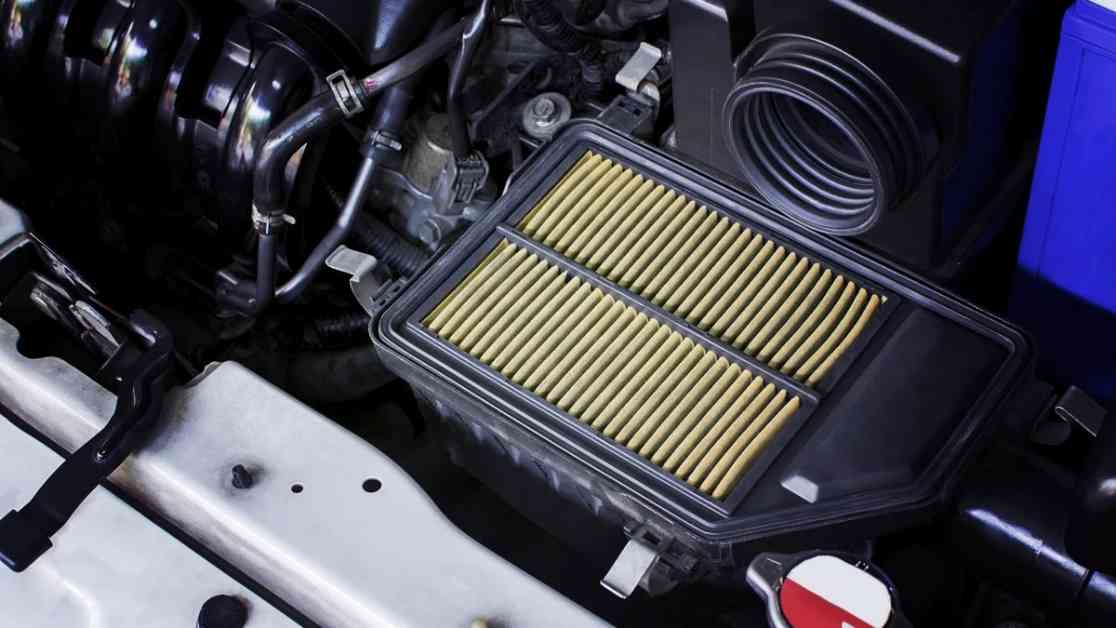How to Properly Clean Your Car’s Engine Air Filter
Car maintenance is essential to keep your vehicle running smoothly and efficiently. One crucial aspect of maintenance is cleaning and preserving your car’s engine air filter. The air filter plays a vital role in allowing air to mix with fuel for combustion, powering your engine. A dirty or neglected air filter can significantly impact your car’s performance. Instead of spending money on professional cleaning or replacement, you can clean the air filter yourself if it’s still in good condition. Here is a comprehensive guide on how to clean your engine air filter.
**Tools You’ll Need**
– K&N Air Filter Cleaning Kit – $21.99 at Amazon
– AEM 1-1000 Air Filter Cleaner with Trigger Sprayer – $23.06 at Amazon
– Rubbermaid Roughneck Heavy-Duty Utility Bucket – $14.99 at Amazon
– Flexzilla Garden Lead-In Hose – Starts at $11.19 at Amazon
– Schneider Nitrile Exam Gloves – Starts at $7.99 at Amazon
**Instructions on How to Clean Your Engine Air Filter**
Step 1: Ensure the engine is turned off and has time to cool down
Before starting the cleaning process, turn off the vehicle and allow it to cool for about 15 minutes. It’s crucial to let the engine cool down to avoid any accidents while working under the hood.
Step 2: Remove the old air filter
Locate the hood release latch and prop open the hood. Release the latches attached to the air filter housing, lift the mechanism, and set it aside. Remove the air filter and inspect its condition.
Step 3: Spray and clean the air filter
Use an all-purpose cleaner to spray the air filter thoroughly. Allow the cleaner to soak for approximately 10 minutes to loosen any dirt and debris.
Step 4: Rinse the filter with water
After soaking, rinse the air filter with water to wash off the cleaning solution. A garden hose is the best option for rinsing, but if unavailable, a bucket of water will suffice.
Step 5: Allow the filter to dry
Shake the filter to remove excess water and then let it air dry completely. Ensure the filter is completely dry before proceeding to the next step.
Step 6: Lubricate and replace the filter
If you have an oiled filter, lubricate it with oil before placing it back into the filter housing. For dry filters, simply reinsert them into the housing without lubrication.
Step 7: Reassemble the air filter mechanism
Once the air filter is back in place, reassemble the rest of the mechanism securely. Ensure everything is properly snapped into place before closing the hood. Your clean filter is now ready to enhance your engine’s performance.
**FAQs on Cleaning Your Engine Air Filter**
**What is an engine air filter?**
An engine air filter is a crucial component of a car that ensures clean air reaches the engine for combustion. The filter traps harmful particles like dirt, dust, pollen, and contaminants to protect the engine and enhance performance.
**How do you know if an engine air filter needs to be replaced?**
Signs that your air filter may need cleaning or replacement include lack of acceleration, black smoke from exhaust, decreased fuel economy, rough idling, unusual odors, or a check engine light. If issues persist after cleaning, consider replacing the filter.
**Oiled vs. Dry Air Filters**
Oiled filters offer better filtration but are costlier and harder to clean compared to dry filters. Oiled filters are ideal for performance and off-road vehicles, while dry filters are suitable for everyday driving.
**Additional Resources**
– How to clean and replace your air filter | Autoblog Wrenched
– The best fuel injector cleaners of 2024
– The best oil filters of 2024
– Cleaning your engine bay | Autoblog Details
– How to change your engine oil and filter | Autoblog Wrenched
Properly maintaining your car’s engine air filter is essential for optimal performance and longevity. By following these simple steps, you can ensure your filter is clean and ready to keep your engine running smoothly. Remember to inspect and clean your air filter regularly to avoid any performance issues and extend the life of your engine.










